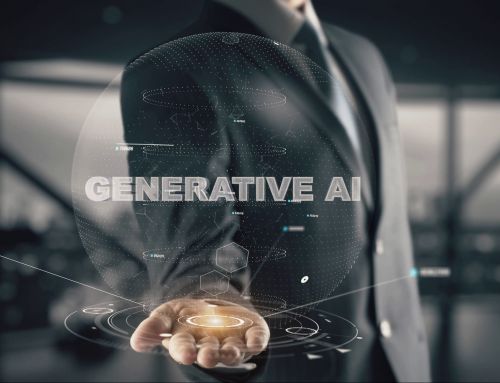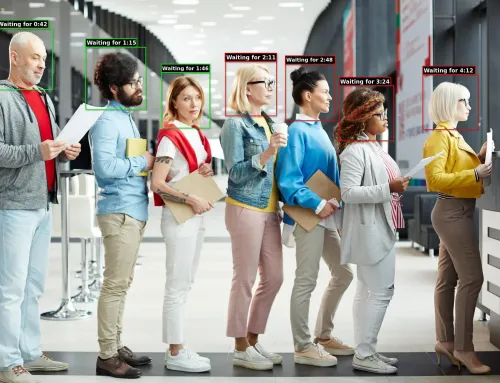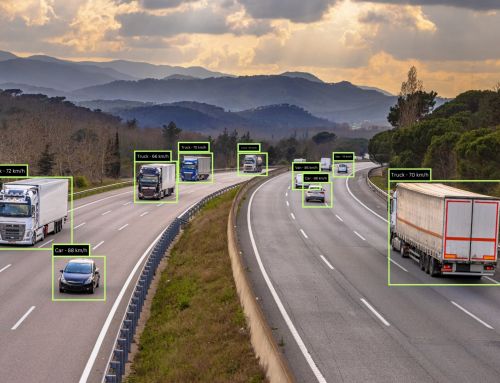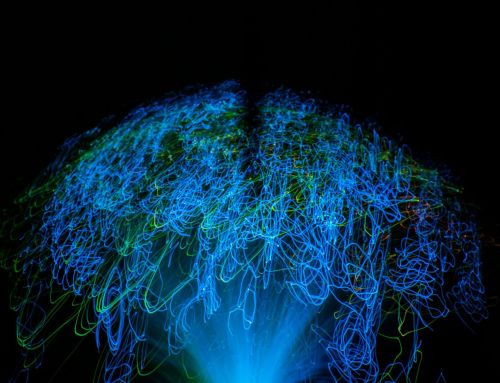Fires are one of the most devastating natural disasters that threaten human life, wildlife, and infrastructure worldwide. With climate change, the frequency and intensity of fires are increasing, making the need for early detection and intervention more critical than ever. Traditional methods used for fire detection today typically rely on sensor-based technologies. These systems include tools such as smoke detectors, heat sensors, and flame detectors. Smoke detectors alert by sensing the smoke that rises at the onset of a fire, while heat sensors monitor sudden changes in ambient temperature to detect fires. Flame detectors, on the other hand, operate by detecting specific light wavelengths emitted by flames.
However, such systems face various challenges due to their limited ability to perceive the environment. For example, a smoke detector might mistakenly interpret cigarette smoke or steam as a sign of fire. Similarly, a heat sensor might identify rapidly heating industrial equipment as a fire. These false alarms can lead to unnecessary mobilization of response teams and inefficient use of resources. Additionally, current systems are inadequate in early intervention processes because they cannot understand the environmental conditions or potential risks associated with a fire.
The Use of Artificial Intelligence in Fire Detection: Computer Vision Models
Today, the rapid advancement of artificial intelligence and the widespread adoption of camera systems have made it possible to use new technologies for fire detection. In this context, computer vision models have begun to be employed to detect and verify fires. Thanks to advanced image processing algorithms, signs of fire such as smoke and flames can be more easily identified, providing an additional layer of security to existing systems. However, fire detection is a highly complex process. Environmental factors, varying lighting conditions, and the ambiguity of the source of smoke can limit the performance of traditional computer vision models.

The Use of Generative AI Models in Fire Detection
Generative AI technology is capable of understanding the context of images and text simultaneously, producing more accurate analyses and results. By doing so, it reduces the rate of false alarms while enhancing the effectiveness of early warning systems.
Advantages of Generative AI:
1. Comprehensive Environmental Analysis:
Generative AI not only analyzes an image but also examines all elements within the image and their relationships with one another.
It determines whether flames or smoke truly indicate a fire by taking environmental factors into account.
2. Reduction in False Alarm Rates:
Unlike traditional computer vision systems, it deeply analyzes the meaning of objects in the image, significantly reducing false positives.
3. Integration Capability with Early Warning Systems:
By combining information from different data sources, it makes predictions based not only on visual data but also on environmental data (e.g., temperature, humidity).
The Contributions of Generative AI to Fire Detection Processes Can Be Summarized as Follows:
1. Dynamic Image Analysis:
For example, when smoke is detected in a forested area, it evaluates the context of the image to understand the source of the smoke.
2. Combining Natural Language and Visual Data:
It facilitates information flow by reporting events in a natural language format.
3. Rapid and Intelligent Decision-Making:
By analyzing large amounts of data in real time, it generates prioritized alerts.

Artificial intelligence, when used correctly with its evolving capabilities, can make meaningful contributions to our lives. Specifically, Generative AI, by combining image and language processing abilities, can enhance fire detection and early warning systems. When integrated with existing systems, this technology reduces false alarm rates, enabling faster and more accurate decision-making. Early detection of fires is critical not only for preventing material losses but also for protecting human lives. The use of generative AI in this field can play a significant role in achieving a safer and more sustainable future.







